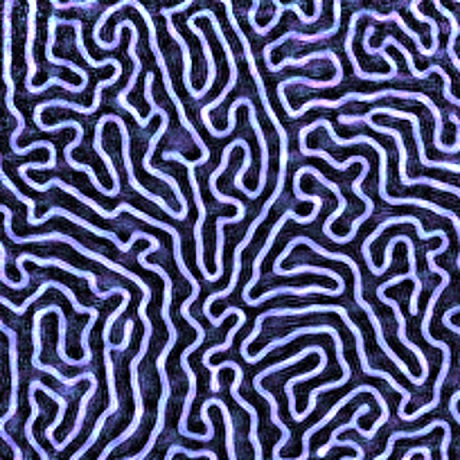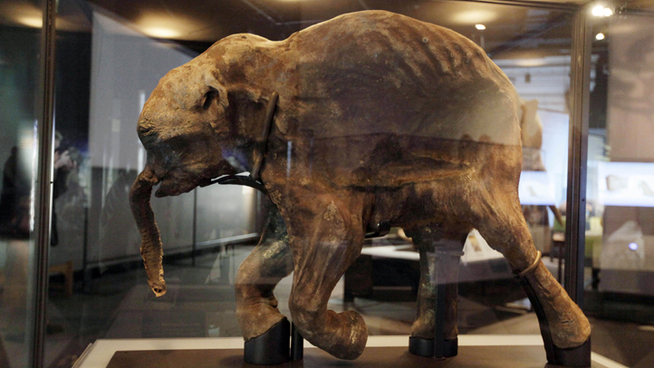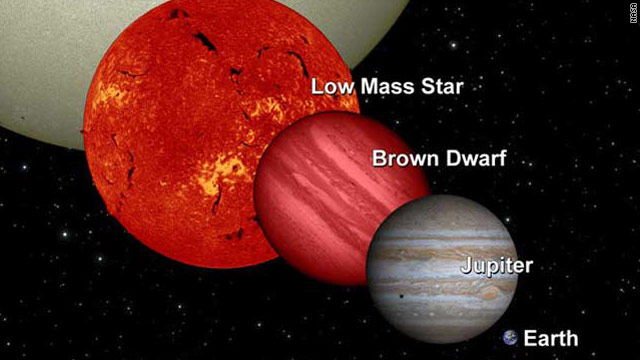
© UC San DiegoMagnetic domains appear like the repeating swirls of fingerprint ridges. As the spaces between the domains get smaller, computer engineers can store more data.
Forget X-ray glasses. A new X-ray microscope can see details a small as a billionth of a meter - without even using a lens.
Instead, the new microscope uses a powerful computer program to convert patterns from X-rays bouncing off materials into images of objects as small as a one nanometer across, on the scale of a few atoms.
Unlike
Superman's X-ray vision, which allows him to look through walls to see the bad guys beyond, the new technology could be used to look at different elements inside a material, or to image viruses, cells and tissue in great detail, said study researcher Oleg Shpyrko, a physicist at the University of California, San Diego. But one of the most important applications is in nano-sized engineering, Shpyrko said.
"We can make things at nanoscale, but we can't see them very well," Shpyrko told LiveScience. "So our paper pushes the characterization [of the nanomaterials] forward," he added, referring to their research article published in the journal
Proceedings of the National Academy of Sciences Aug. 8.





